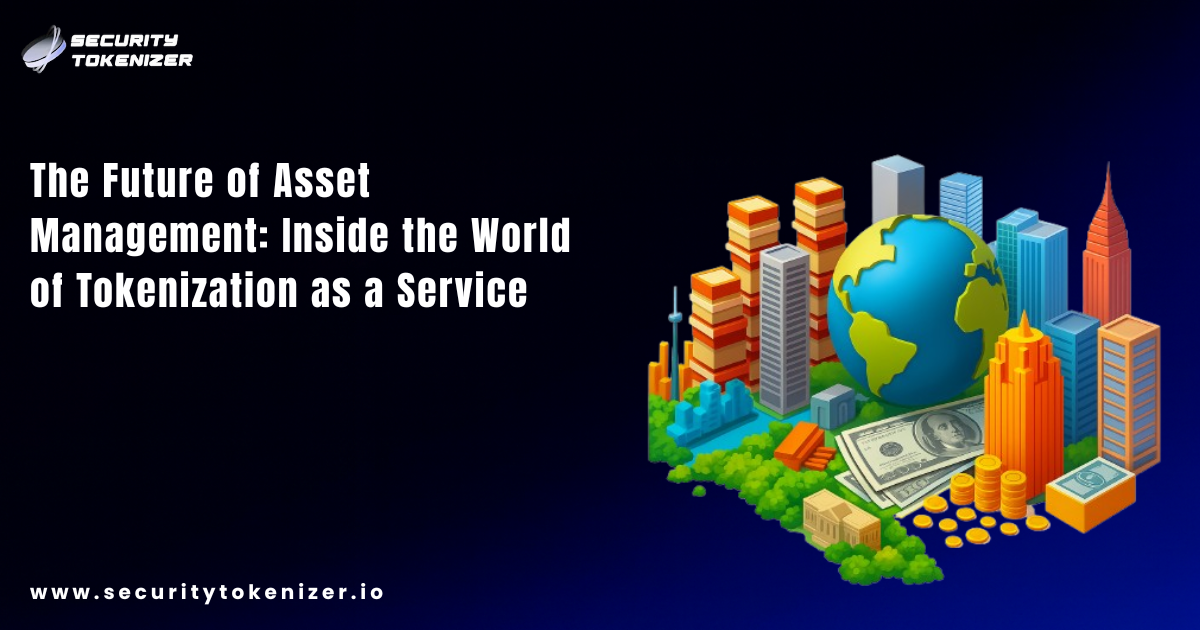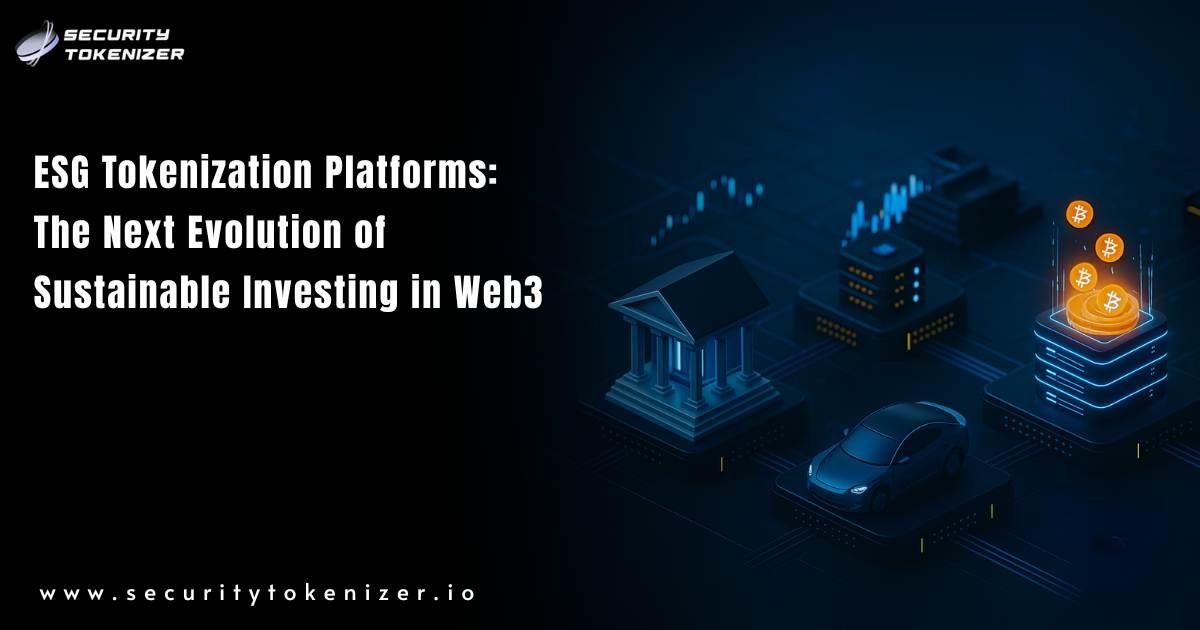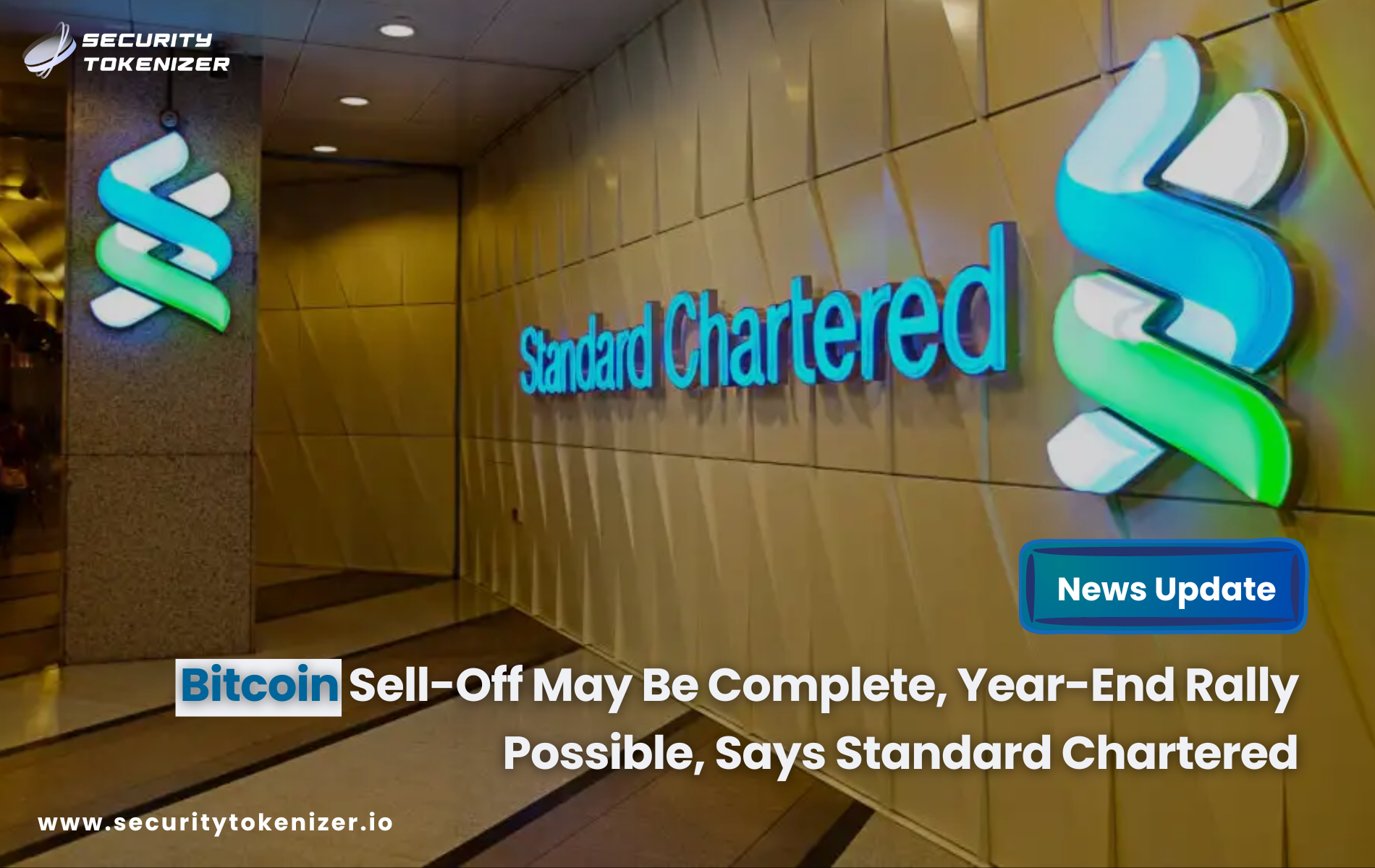Subscribe Our Newsletter
Table of Content
Solana is experiencing one of the fastest surges in developer adoption the blockchain world has seen, recording an impressive 83% year-over-year increase in active developers, according to the Electric Capital 2024 Developer Report, as highlighted by CoinDesk. This explosive growth has positioned Solana as a serious contender in the Web3 ecosystem, attracting builders across DeFi, NFTs, payments, and high-performance dApps.
For Ethereum developers, this momentum is more than just a headline. It reflects a major shift in where new blockchain innovation is happening and signals a rapidly evolving competitive landscape. While Ethereum still leads with its mature tooling, deep liquidity, and vast ecosystem, Solana’s rise is pushing developers to rethink what’s possible in terms of speed, scalability, and user experience.
This blog explains what Solana’s developer surge means for Ethereum builders and how Security Tokenizer supports teams in a fast-evolving multi-chain ecosystem.
Solana’s 83% Developer Surge: What’s Driving It?
Solana’s 83% developer growth is powered by its reputation as a high-performance Layer-1 blockchain offering exceptional scalability and ultra-fast transaction speeds. Its low-cost transactions, enabled by the Proof-of-History and Proof-of-Stake hybrid model, make it ideal for Web3 developers building DeFi apps, NFT platforms, gaming projects, and high-throughput dApps.
The ecosystem has grown quickly due to better developer tools, the availability of Rust and TypeScript SDKs, enhanced documentation, and ongoing support from the Solana Foundation via grants and hackathons. Combined with a surge in real-world use cases, these factors have significantly lowered barriers for new blockchain developers.
As the industry shifts toward a multi-chain development model, many Ethereum builders are exploring Solana for better scalability, lower gas costs, and enhanced user experience, contributing heavily to the network’s rising developer adoption.
Solana vs. Ethereum: The Changing Developer Landscape
The rise of Solana’s developer ecosystem is reshaping how builders evaluate blockchain platforms, especially when comparing it to Ethereum, the long-standing leader in smart contract development. While Solana’s rise is pushing developers to rethink performance, Ethereum still leads with its mature tools and strong base for Ethereum Token Development.
1. Performance & Scalability
Ethereum’s Layer-1 architecture prioritizes decentralization, but it often struggles with high gas fees and slower throughput. Even with Layer-2 networks, performance varies by chain.
Solana, on the other hand, offers high throughput and sub-second finality directly on Layer-1. For developers building real-time applications, games, or consumer-scale dApps, this performance difference is a major attraction.
2. Cost Efficiency
Gas fees remain one of the biggest challenges for Ethereum developers, particularly during network congestion.
Solana’s consistently low-cost transactions, often fractions of a cent, enable developers to deploy, test, and scale applications much more affordably. This cost efficiency is a key driver of Solana’s growing adoption among startups and indie builders.
3. Developer Experience
Ethereum benefits from the massive popularity of Solidity, rich documentation, and a wide range of tools including Hardhat, Foundry, and MetaMask.
Solana relies heavily on Rust, a powerful but more complex language. However, recent improvements in Solana’s SDKs, TypeScript support, and tooling have made it far more developer-friendly than before.
4. Ecosystem Maturity
Ethereum still leads in:
- DeFi liquidity
- Established dApps
- Security standards
- Institutional adoption
Solana is quickly catching up with fast-growing sectors like:
- Web3 gaming
- NFTs
- Payments
- High-throughput consumer apps
5. Multi-Chain Development Is Becoming Standard
The Web3 industry is shifting from “Ethereum vs. Solana” to “Ethereum and Solana.”
Many teams now deploy across multiple ecosystems to reach different user bases and benefit from varied performance characteristics.
Why Ethereum Developers Are Exploring Solana?
As Solana’s ecosystem expands, more Ethereum developers are beginning to explore the network, not as a replacement, but as a complementary environment for specific types of applications. Several factors are driving this shift:
Faster Performance for High-Throughput Apps
Ethereum developers are drawn to Solana for its high-speed, low-latency performance that supports real-time dApps. Solana’s architecture removes the need for external scaling layers, making it ideal for gaming, trading tools, and micro-transaction apps. This performance advantage encourages builders to explore faster execution environments.
Lower Fees and Affordable Deployment
Ethereum’s gas fees can spike unpredictably, making development and user onboarding costly. Solana’s consistently low fees allow developers to deploy, test, and scale applications more economically. This affordability makes Solana appealing for startups and consumer-focused dApps.
Growing Opportunities Across Web3
Solana’s expanding presence in DeFi, NFTs, and Web3 gaming offers fresh opportunities for innovation. Developers see it as a rapidly evolving ecosystem with strong user traction. This growth motivates Ethereum builders to explore Solana for broader reach and new markets.
Better Tools and Rising Rust Adoption
Solana has improved its SDKs, documentation, and TypeScript support, making onboarding smoother. Although Rust is more complex than Solidity, its performance and security benefits attract many developers. These enhancements lower friction and encourage cross-chain learning.
A Shift Toward Multi-Chain Development
Web3 developers increasingly adopt a multi-chain strategy to maximize user reach and performance. Many Ethereum teams now explore Solana as a complementary chain rather than a competitor. This shift reflects a broader industry trend toward flexible, cross-chain development.
Key Challenges Solana Developers Still Face
Rust’s Steeper Learning Curve
Solana development primarily relies on Rust, a powerful but complex language that can be difficult for newcomers. Ethereum developers familiar with Solidity often need time to adjust. This learning curve slows initial onboarding for many teams.
More Demanding Validator Requirements
Solana’s high-performance design requires more powerful validator hardware compared to many other chains. This can limit decentralization and increase operational costs. Developers building infrastructure-heavy apps must account for these resource needs.
Past Network Stability Concerns
Although Solana’s stability has improved significantly, early outages left a lasting impression on developers. Some teams remain cautious due to previous downtime incidents. Ensuring consistent uptime is crucial to boosting long-term developer confidence.
Smaller Ecosystem Compared to Ethereum
While Solana is growing fast, Ethereum still leads in overall ecosystem size, liquidity, and tooling. This means developers may find fewer integrations, libraries, or third-party services. For complex projects, this can slow development or require more custom work.
Security and Auditing Limitations
The Solana ecosystem has fewer established auditing firms and security tools than Ethereum. This creates challenges for teams deploying high-value applications. Developers must take extra care with testing, auditing, and security practices.
What This Means for Ethereum Builders
Solana’s rapid developer growth is reshaping how builders think about the future of Web3. For Ethereum developers, this shift brings new opportunities, new expectations, and a strong push toward multi-chain development.
Shift Toward Multi-Chain Development
Solana’s rise shows that developers can no longer rely on a single ecosystem. Exploring Solana helps Ethereum builders reach broader audiences and adapt to a rapidly evolving Web3 landscape.
Access to High-Performance Use Cases
Solana enables fast, scalable dApps, like gaming and real-time tools, that are harder to run efficiently on Ethereum alone. Combining both chains unlocks stronger, more flexible applications.
Transferable Skills Across Chains
Ethereum developers can move into Solana development quickly because core skills—smart contract logic, security, and architecture—translate well. Better tools are making cross-chain work easier.
Higher User Expectations
With Solana offering low fees and fast execution, users expect smoother dApp experiences. Ethereum builders must adapt by using L2s or hybrid solutions to stay competitive.
Growing Demand for Interoperability
More businesses need cross-chain tokens and products that work on both Ethereum and Solana. Developers who understand both ecosystems gain a major advantage in the expanding multi-chain economy.
Why Multi-Chain Token Development Is the Future
Web3 is becoming increasingly interconnected, and single-chain tokens can’t keep up with growing ecosystem demands. Multi-chain development ensures broader reach, better performance, and long-term scalability.
Cross-Chain Compatibility Is Becoming Essential
Companies currently run across various blockchains, highlighting the importance of tokens that function smoothly on multiple networks to ensure broad access and liquidity.
Combining Strengths of Different Blockchains
Ethereum offers strong security, while Solana provides high speed and low fees. Multi-chain tokens let projects leverage both without limits.
Improved User Experience Across Web3
Users want fast, flexible transactions everywhere. Multi-chain tokens reduce friction and allow dApps to operate smoothly across ecosystems.
Future-Proofing Web3 Growth
Relying on a single chain can restrict scalability. Multi-chain token development keeps projects adaptable as new networks emerge.
How Security Tokenizer Helps Developers Build on Solana & Ethereum
Security Tokenizer, a leading Solana Token Development Company, helps developers build smoothly on both Solana and Ethereum by delivering end-to-end multi-chain token development, secure smart contract creation, and efficient cross-chain integration. With strong support for SPL and ERC standards, advanced auditing services, and custom dApp solutions, Security Tokenizer enables teams to utilize Solana’s high-speed performance and Ethereum’s robust security. This makes it easier for developers to launch scalable, secure, and future-ready Web3 projects across both ecosystems.
Final Thoughts
Solana’s rapid developer growth marks a major shift in the Web3 landscape, creating new opportunities for builders who want high performance, lower costs, and greater scalability. For Ethereum developers, embracing a multi-chain mindset is no longer optional; it’s the key to staying competitive as users demand faster, smoother blockchain experiences.
With expertise in token development, Security Tokenizer helps developers and businesses confidently build, scale, and launch secure multi-chain solutions across both Solana and Ethereum. As the ecosystem continues to evolve, those who adapt early will be best positioned to lead the next generation of Web3 innovation.












